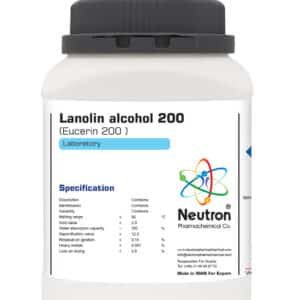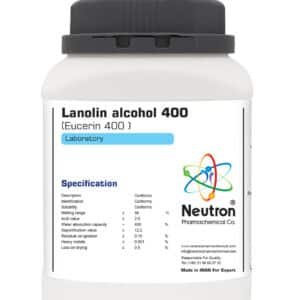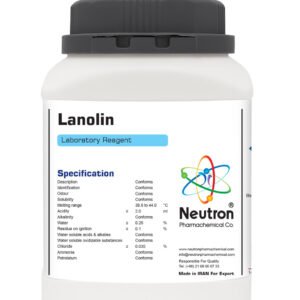لاکتیک اسید 40%
| Density | 1.21 g/cm3 (20°C) |
| HS Code | 29181100 |
| Storage | at +15 °C to +25 °C |
| SDS | available |
| R phrase | R 38-41 |
| S phrase | S 26-39 |
| Odour | odourless |
| Form | oily |
| Color | Colourless |
| p H | ~2.8 (10g/l 20 °C) |
| Solubility in water | freely soluble (20°C) |
| Boiling point | 122 °C |
| Melting point | 18 °C |
| Vapour pressure | 0.1hPa |
| Viscosity dynamical | 20 – 40 mPa*s (20°C) |
| Assay | 39.0-41.0 | % | |
| Description | Conforms | ||
| Identification | Conforms | ||
| Solubility | Conforms | ||
| Specific rotation | -0.05 to +0.05 | ||
| p H | about 2.8 | ||
| Readiliy carbonizable substances | Conforms | ||
| Heavy metals | ≤ | 0.001 | % |
| Residue on ignition | ≤ | 0.05 | % |
| Sugers | Conforms | ||
| Chloride | Conforms | ||
| Sulfate | Conforms | ||
| Limit of citric ,phosphoric or tartaric acid | Conforms |
Lactic Acid 40% is an aqueous solution of lactic acid, a naturally occurring organic acid widely used in pharmaceutical and laboratory applications for its acidifying, buffering, and preservative properties.
🏭⚗️ Production
Lactic acid is produced either by fermentation of carbohydrates (such as glucose or sucrose) using lactic acid bacteria, or by chemical synthesis from acetaldehyde. The 40% aqueous solution is prepared by dissolving concentrated lactic acid in purified water under controlled conditions, producing a stable, high-concentration solution suitable for analytical and pharmaceutical applications.
🔬 Properties
Lactic Acid 40% is a clear, colorless to slightly yellow liquid with a mild acidic odor. It is fully miscible with water and alcohol, chemically stable under recommended storage conditions, and maintains effective buffering and acidifying properties. The solution exhibits mild antimicrobial activity, contributing to its preservative effect in formulations.
🧪 Applications
In pharmaceutical formulations, Lactic Acid 40% is used as a pH regulator, acidifying agent, and preservative in topical solutions, oral preparations, and certain cosmetic formulations. Its higher concentration makes it especially useful when stronger acidification or pH adjustment is required.
In laboratory settings, the solution is used in titrations, buffer preparations, and analytical procedures requiring precise acidification. It is also employed in microbiological media and biochemical experiments to control pH and maintain optimal reaction conditions.
⚠️ Safety
Lactic Acid 40% is corrosive at higher concentrations and can cause irritation to skin, eyes, and mucous membranes. Protective gloves, goggles, and lab coats should be worn during handling. The solution should be stored in tightly closed containers, away from oxidizers and heat sources, in a cool, well-ventilated area to ensure stability and safety.




